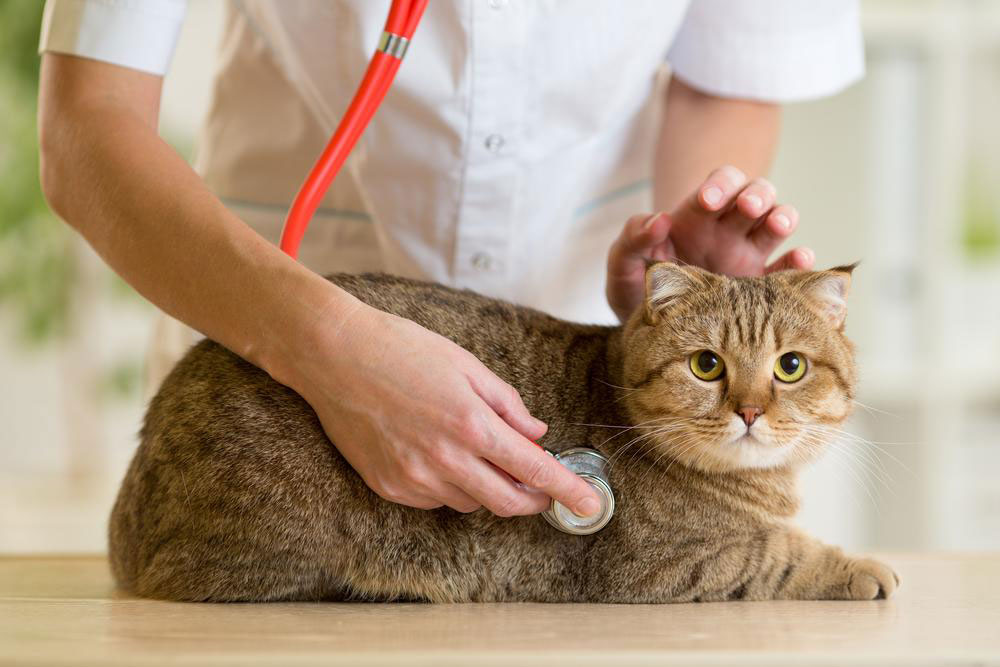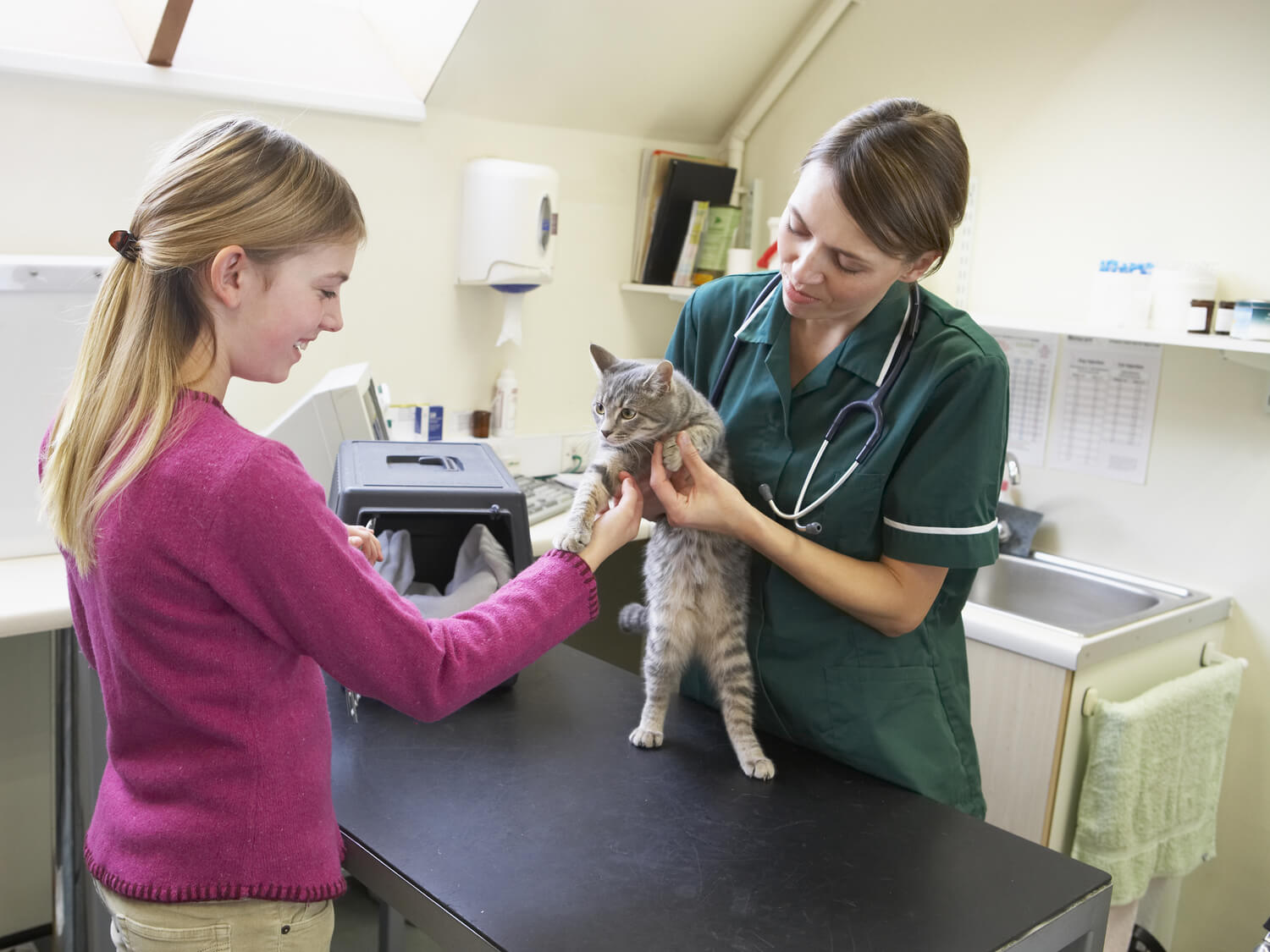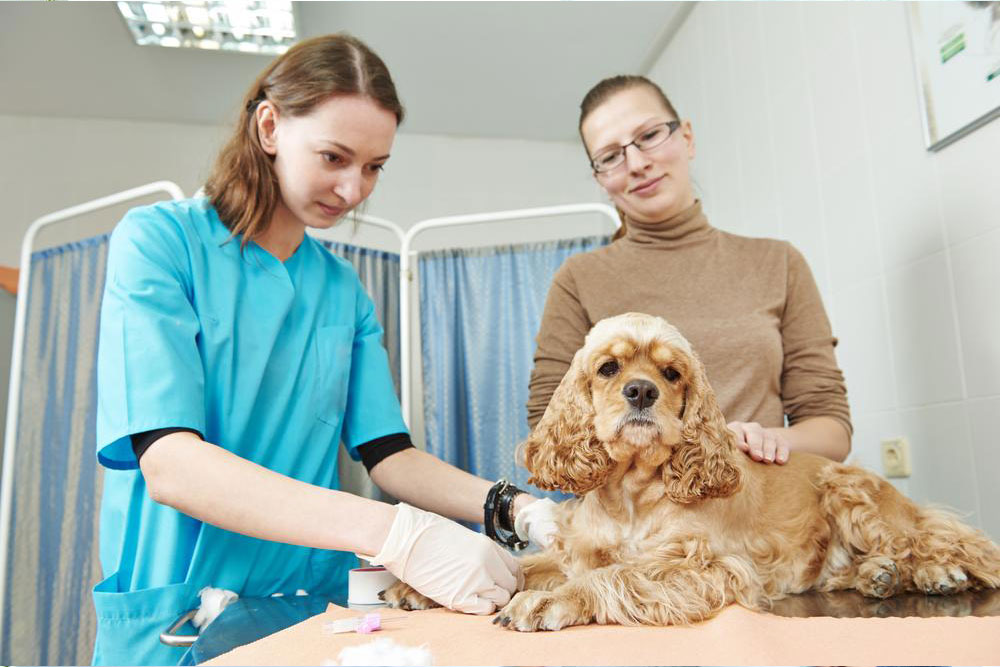Comprehensive Guide to Pet Insurance for Veterinary Care
This article explains how pet insurance, especially wellness plans, can help cover veterinary costs, including routine check-ups, vaccinations, and preventive care. It highlights different coverage types, what is included or excluded, and tips for choosing the right plan, ensuring pet owners can better manage veterinary expenses and provide optimal care for their pets.

Understanding Pet Insurance for Vet Expenses
If you own animals, you likely consider them part of your family and strive to give them the best care possible. This includes regular health check-ups, preventive treatments, and emergency care. However, rising veterinary costs often make it challenging to afford comprehensive pet healthcare. Regular vet visits are essential, but financial constraints may deter some pet owners from seeking necessary treatment, especially for minor issues.
To make pet healthcare more accessible, consider a pet insurance policy that includes a wellness coverage plan. These plans help cover routine vet visits, tests, and preventive procedures. Typically, you'll pay a monthly premium, and the insurer reimburses you for eligible expenses related to regular check-ups and assessments.
What Does a Wellness Plan Cover?
Pet wellness programs are designed to handle preventive care costs, as outlined by the Insurance Information Institute (III).
Coverage may include:
Annual health examinations
Flea and heartworm prevention
Vaccinations
Some plans may also include:
Dental treatments
Preventive surgeries like spaying or neutering
Always review your policy carefully or consult your insurer to understand which services are covered within your routine care plan. If dental care isn't included, you might purchase additional insurance for dental procedures.
Coverage Scope for Vet Bills
Insurance coverage varies based on your specific policy. Most pet insurance plans involve premiums, deductibles, co-pays, and coverage limits aligned with III standards. By paying an upfront premium, you can get reimbursed for a portion of your veterinary expenses for routine care.
Additional Pet Insurance Options
Pet health plans generally fall into three categories, according to III:
Basic coverage: Focuses on costs related to accidents, poisoning, or illness.
Comprehensive coverage: Extends to emergency visits, injuries, and health conditions, including prescriptions and diagnostic tests.
Wellness coverage, as discussed earlier, is often add-on or part of broader plans.
To find the best coverage, consult an insurance advisor who can help tailor a plan to your pet's needs.What Might Not Be Covered?
Most plans exclude certain treatments, such as:
Pre-existing conditions
Pregnancy and birthing-related care
Grooming, nail trims, and cosmetic procedures
Always review your policy details or ask your insurer for clarity on exclusions, especially for hereditary issues like hip dysplasia or age restrictions, which vary among providers. Note that many policies are limited to cats and dogs.









